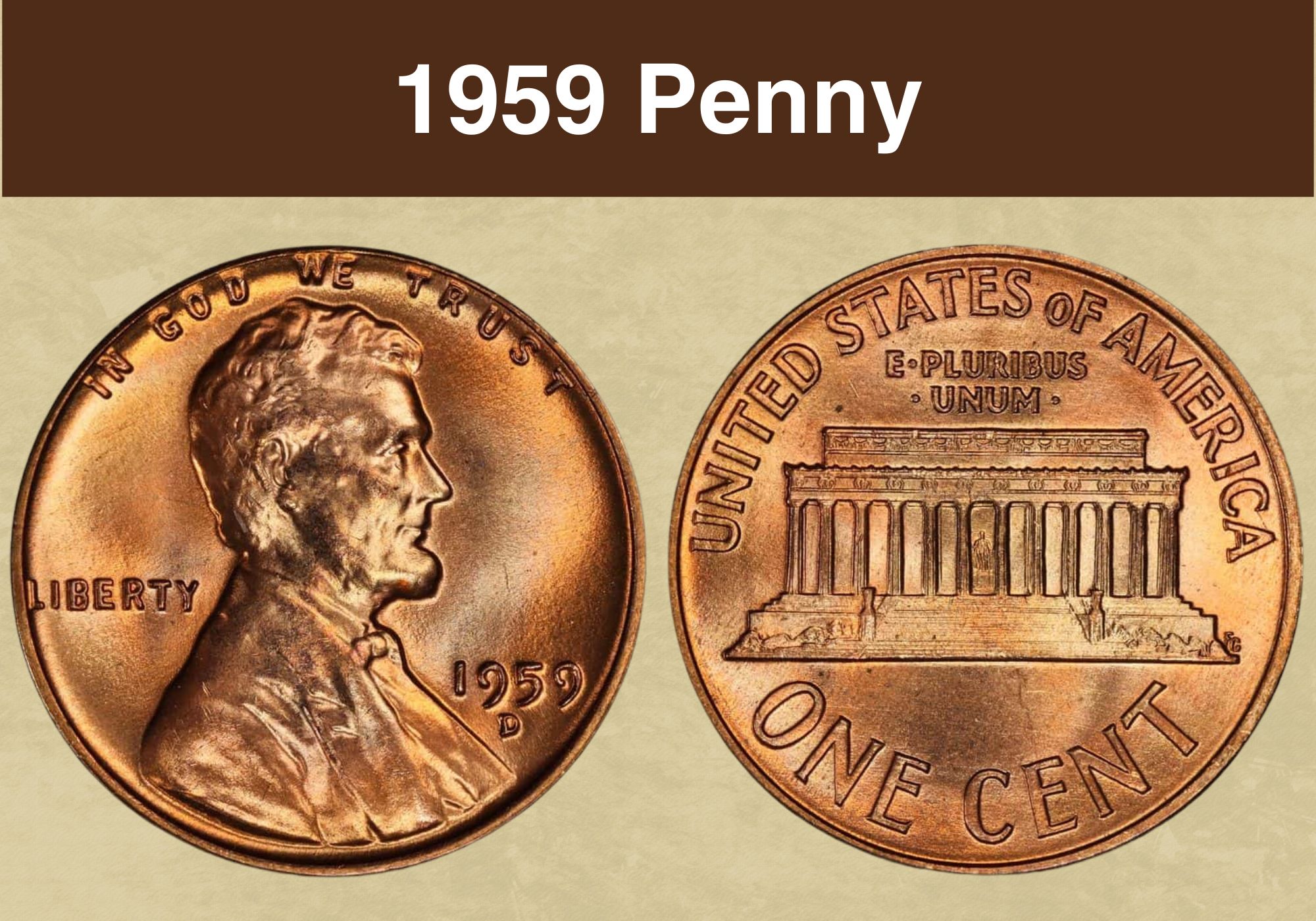
Coin Value Contents Table
Can pennies dated 1959 be valuable? And if you find one in your pocket change, how do you know if it’s worth holding onto?
For answers to those questions and more, read on! We’re going to explore the 1959 penny value, its history, and its key features. And we’ll discover what separates ordinary coins from those that are a bit special.
Ready to find out more? Let’s get started!
1959 Penny Value Chart* |
|||
| Mint mark | MS63 | MS65 | MS67 |
| 1959 (P) No Mint Mark Penny Value | $6 | $18 | $550 |
| 1959 D Penny Value | $4 | $18 | $300 |
| PR60 | PR65 | PR69 | |
| 1959 (P) No Mint Mark Proof Penny Value | $5
Cameo: $10 Deep cameo: $14 |
$15
Cameo: $35 Deep cameo: $65 |
$450
Cameo: $2,000 Deep cameo: $19,000 |
*Values for business strike coins are for those graded red (RD).
History of the 1959 Penny
1959 marked 150 years since the birth of the former US president, Abraham Lincoln. Coins commemorating his life had already been struck for 50 years. But the Mint decided a new design was needed to celebrate the anniversary.
The first Lincoln pennies, struck in 1909, had been historic. They carried the image of the former president on their obverse – the first time a real person had ever featured on a US coin.
The reverse of those pennies bore the simple design of two ears of wheat, and were known as “wheat pennies”. But while the coins struck in 1959 had the same portrait of Lincoln, the reverse instead depicted the Lincoln Memorial in Washington DC.
A little under 2 billion pennies were struck in 1959. The majority of those were produced at the Mint’s facility in Denver, with the remainder minted in Philadelphia. With considerable public interest in the new design, over a million proof coins were struck in Philadelphia too.
The new reverse design was the work of Frank Gasparro, who was then the Mint’s Assistant Engraver. And it had considerable longevity: the Lincoln Memorial reverse was included on every cent issued until 2009.
That year marked the bicentenary of Lincoln’s birth, and again, a new design was commissioned for the occasion. This showed the “Union shield”, and it’s the design you’ll still see on modern Lincoln pennies.
Also read: 12 Most Valuable Lincoln Penny Worth Money
Features of the 1959 Penny
The Obverse of the 1959 Penny
The obverse of the 1959 penny carries an image that will be familiar to any American. It shows President Abraham Lincoln in profile facing right. And it’s the same portrait that’s appeared on every Lincoln cent dating right back to 1909.
It was created by an artist named Victor David Brenner. Brenner said he had imagined Lincoln as he would have looked reading a story to a child.
The likeness may have been based on a photograph that had been taken of Lincoln at the studio of one Matthew Brady. Some coin historians believe it was Brady himself who took the photograph, others that it was more likely the work of one of his assistants.
Brenner signed his portrait, originally intending to add his signature to the obverse. He was told this would not be acceptable, so instead placed his initials on the reverse.
Even that, though led to controversy. Some felt that the initials were too prominent and amounted to advertising the artist’s work. Despite Brenner’s protests, his initials were removed.
The Lincoln cent remained unsigned for another nine years. Then, in 1918, Brenner’s initials were reinstated. This time they appeared on the obverse, as the artist had originally proposed. But they were tucked away discreetly on the lower edge of Lincoln’s bust.
This is where you’ll find them on 1959 pennies, and they’ve remained in the same position ever since.
The familiar motto “IN GOD WE TRUST” is inscribed above Lincoln’s portrait. Further down and to the left is the word “LIBERTY”. The date is a little lower down on the right-hand side.
If your coin was minted in Denver, the obverse is also where you’ll find the mint mark – a small “D just below the date. 1959 pennies struck in Philadelphia don’t have a mint mark.
The Reverse of the 1959 Penny
The 1959 pennies were the first to bear the image of Washington DC’s Lincoln Memorial on the reverse.
If you look closely, you’ll see it includes the statue of Lincoln at the center of the portico. That makes the Lincoln Memorial pennies one of the few coins to carry the image of the same person on both sides.
The denomination is inscribed boldly in full capitals long the lower edge of the coin. At the top, curving along the upper coin edge, are the words “UNITED STATES OF AMERICA”.
Immediately below them, the Latin motto “E PLURIBUS UNUM” is inscribed over two lines. The words mean “From the many, one”, and are a reference to the creation of the country from individual states.
Other Features of the 1959 Penny
The 1959 penny measures 19 millimeters in diameter and weighs 3.11 grams. It’s made of 95 per cent copper and 5 per cent zinc. In all those respects, it’s identical to the Wheat pennies produced the previous year.
Because the coins are made mostly of copper, their colors vary. When brand new, copper has a rich red tone. But as it’s handled and exposed to the air, the red dulls to brown.
Coin grading agencies assess the color of pennies and assign them one of three classifications: red, red and brown, or brown.
To be classed as red or brown, a coin must be the same color over at least 95% of its total surface area. If it isn’t, it’s classified as red and brown. All other things being equal, red coins are the most valuable, brown coins the least, and red and brown somewhere in between.
You can find out more about how to grade the color of Lincoln pennies in this YouTube video from CoinOpp.
Also read: 13 Most Valuable Wheat Penny Worth Money
1959 Penny Grading
| # | Grade |
|---|---|
| 1 | Basal State-1 |
| 2 | Fair |
| 3 | Very Fair |
| 4, 5, 6 | Good |
| 7, 8, 10 | Very Good |
| 12, 15 | Fine |
| 20, 30 | Very Fine |
| 40 | Extremely Fine |
| 50 | About Uncirculated |
| 60 | Mint State |
| 65 | Mint State |
| 70 | Mint State |
Please check our grading guides to know your coin scale, It’s the necessary step to know the exact value of your coin.
Check out now: How to Grade Lincoln Wheat Penny?
1959 Penny Value Guides
1959 (P) No Mint Mark Penny Value
Less than half the number of Lincoln pennies were struck in Philadelphia than Denver. And that means that, at most grades, coins without a mint mark are more valuable than those with a “D”.
Just how much of a difference there is depends on the quality of the coin. Coins are graded from 1 to 70, with 1 signifying the poorest condition while still being identifiable. A coin graded 70 is flawless.
With Lincoln pennies, the color of the coin is also important to its value. Unless there’s an interesting error, most brown and red and brown pennies will be worth only their face value.
But if you have a red coin in mint condition – one that has never been used in everyday transactions – the value can be much higher.
For a 1959 Philadelphia penny to be worth more than its face value, it will need to be red and graded at least MS63. (The “MS” here stands for “mint state”.) A coin in that condition will be worth around $6.
Values climb steadily from there, with a gem quality MS66 red Philadelphia penny worth around $30. But at higher grades, these coins become significantly scarcer – and values rise accordingly.
Climb half a point to MS66+, and the independent coin graders the PCGS values a red Philly penny at $75. That rises to $550 at MS67.
The finest examples known to exist are four coins graded MS67+. The PCGS values those at $3,000 apiece.
1959 D Penny Value
The Denver Mint facility struck more than two thirds of all the pennies produced in 1959. So if your penny has a “D” beneath the date, it’s not alone!
The PCGS estimates that around 200,000 of the almost 1.3 billion 1959 pennies struck in Denver survive to this day. And half of those are gem quality examples graded MS65 or higher.
Values tend to be slightly lower than Philadelphia pennies at equivalent grades. Pennies need to be red to be worth more than their face value. And unless they feature an interesting error, they will usually need to be graded at least MS63.
Values range from $4 for an example at that level to $60 at MS66+. But at MS67 and above, prices climb steeply. The PCGS values a 1959 Denver penny graded MS67 at $300, and that jumps to $2,750 at MS67+.
The finest Denver penny known to exist is one coin graded MS68. That’s valued at a whopping $9,000.
1959 (P) No Mint Mark Proof Penny Value
The Philadelphia Mint facility struck 1,149,291 proof pennies in 1959. These were prepared using highly polished planchets and specially prepared dies. They were intended to be premium quality coins and were targeted at the collecting market.
Proofs come in three different qualities. Because they were never intended for circulation, all proof coins are red. But if there is an attractive contrast between reflective “fields” – the flat parts of the coin – and frosted raised parts of the design, the coin is classified as a “cameo”.
If that contrast is particularly pronounced, the coin is a “deep cameo”. And all other things being equal, cameos are more valuable than red coins, and deep cameos more valuable still.
Values for 1959 proof pennies start at $5 for a red coin graded PR60, the lowest level for an uncirculated proof. A gem quality PR65 red is worth around three times that. Values triple again to $45 at MS67+, and almost double to $110 at MS68.
The finest known red survivors are four coins that the PCGS has certified at PR69. Those are valued at $450 each.
1959 was a good year for cameo proof pennies, with more of them surviving than any other 1950s mintage. They range in value from $10 at MS60 to $2,000 at MS69.
And for deep cameos, the range is from $14 at MS60 to a huge $19,000 at MS69.
Also read: 17 Most Valuable Indian Head Penny Worth Money
Rare 1959 Penny Error List
1959 D Mule Penny
1959 was the first year in which pennies were struck with the Lincoln Memorial reverse. But at least one penny seems to have been produced at Denver that year with the old wheat design instead.
Coins with an obverse and reverse design that should never have gone together are known as “mules”. This type of Mint error is very rare – which makes it very valuable.
But the coin was controversial.
The Treasury provided the finder with a letter stating that, in its opinion, the coin was the real deal. But it turned out that it had been examined by a currency expert, rather than a coin expert.
And when the coin was submitted to independent grading agencies, they refused to rule it was authentic. In 2002, with the coin about to be offered for sale at auction, a convicted forger called Mark Hofmann wrote a letter to his daughter claiming he’d faked it.
It was withdrawn from sale but offered at auction again eight years later. By then, no evidence had been found to support Hofmann’s claim. Even so, the coin was sold with a disclaimer noting there was no guarantee it was genuine.
That didn’t stop one collector being prepared to pay $31,050 to secure it.
1959 (P) No Mint Mark Penny, Double Die Obverse
A less controversial error is the double die obverse pennies struck at Philadelphia in 1959.
These were the result of an error during the manufacture of the die used to strike the obverse. The die had to be struck repeatedly with a hub to capture every element of the design.
But a small movement between strikes resulted in a double image. This doubling was then transferred to the coins struck by the die.
This happened to more than one die, resulting in a number of different double die obverse varieties. The most valuable of these is the one coded FS-101. This has doubling on the word “LIBERTY” and the date.
Coins with this error range in value from $18 for an example graded MS60, up to $850 for the finest known examples, graded MS66.
This YouTube video from BigDCoins has more information on interesting errors amongst 1959 pennies.
Also read: 11 Most Valuable Wheat Penny Errors
Where to Sell Your 1959 Penny ?
Now that you know the value of your coins, do you know where to sell those coins online easily? Don’t worry, I’ve compiled a list of these sites, including their introduction, pros, and cons.
Check out now: Best Places To Sell Coins Online (Pros & Cons)
FAQs
How do I know if my 1959 penny is rare?
The first thing to look at is the color of the coin. Unless it has a Mint error of some kind, it will need to be red over at least 95% of its surface area to be worth more than its face value.
If it’s red, the next thing to look at is its condition. Does it have scratches or other flaws? In order to be valuable, it should have only minor marks and hairlines.
If the coin is brown or red, look for errors. These include doubling on the date and the word “LIBERTY”, or repunched mint marks.
And it’s just possible there’s another mule out there – a 1959 penny with a reverse showing two ears of wheat. Find one of those, and your coin will be worth serious money.
What is the most valuable 1959 D penny worth?
The finest quality 1959 Denver penny known to exist is a single coin graded MS68. The PCGS values that at $9,000.
But there’s also a controversial mule – a 1959 penny with the reverse design of two ears of wheat used for 1958 coins. Opinions vary on whether this coin is genuine or a fake. But when it was last sold at auction in 2010, it made over $31,000.

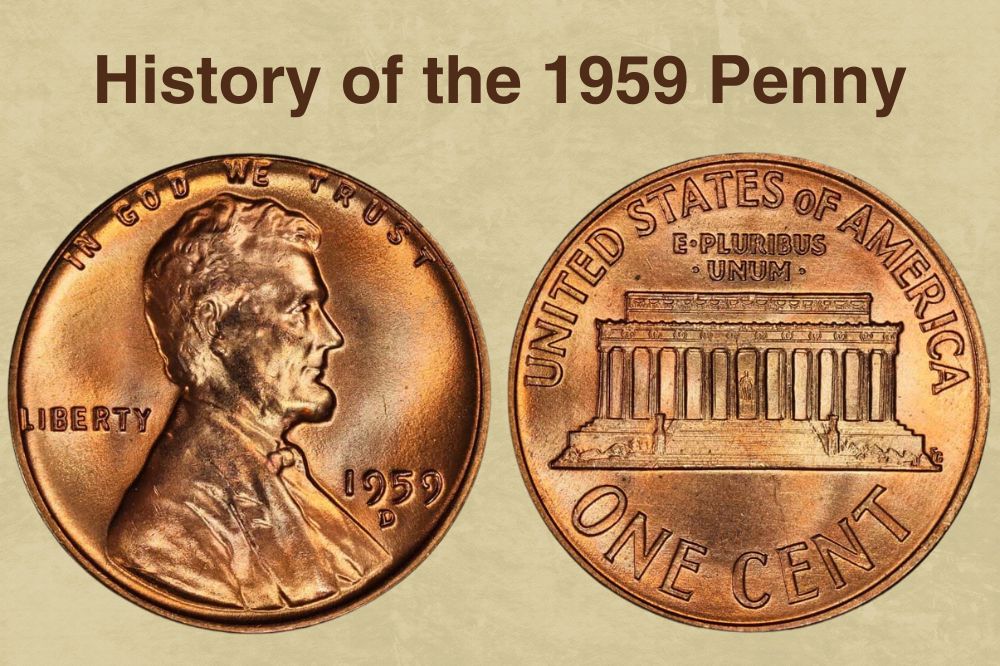
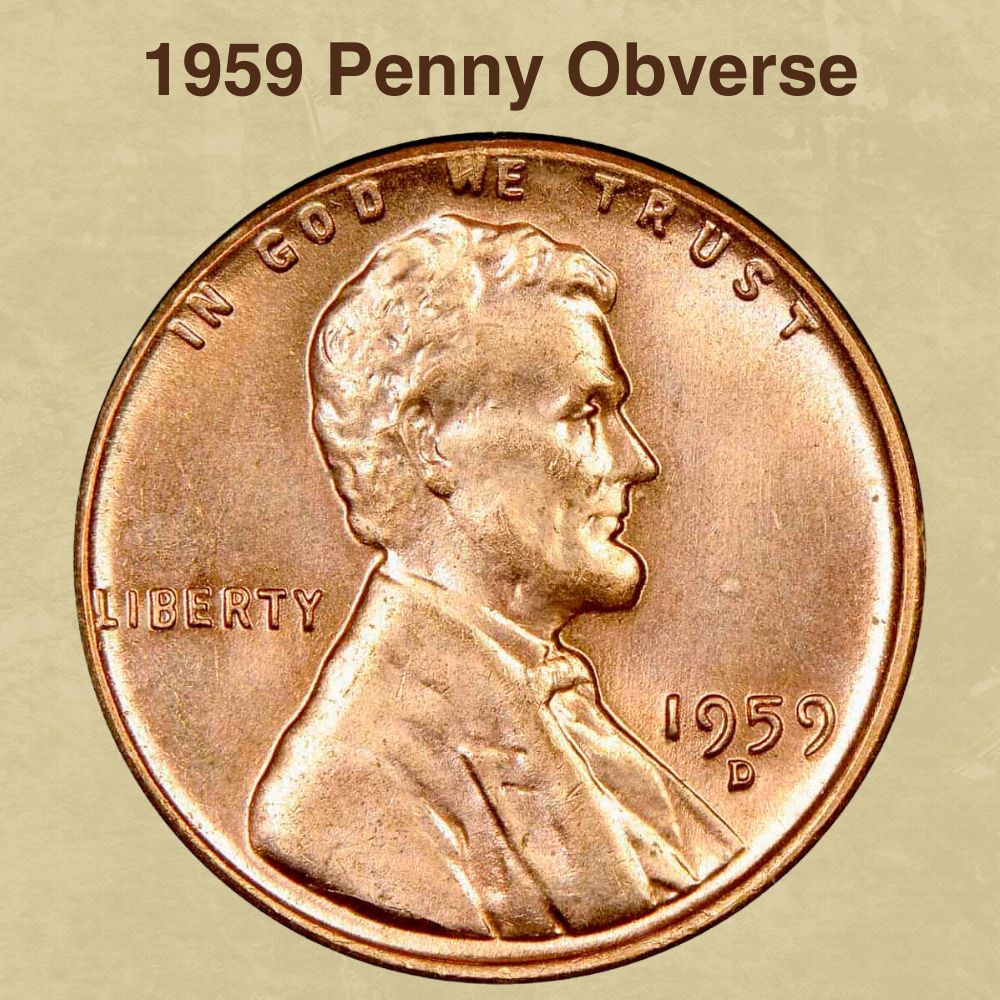
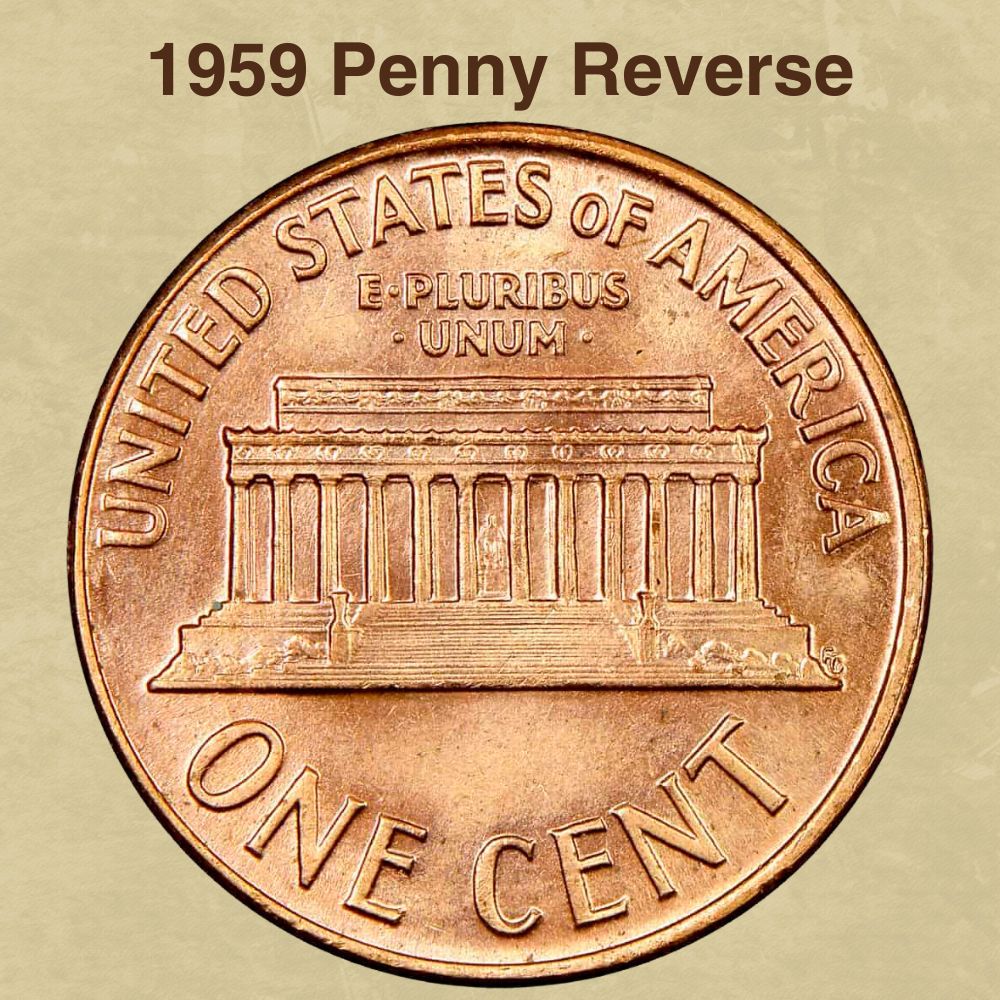

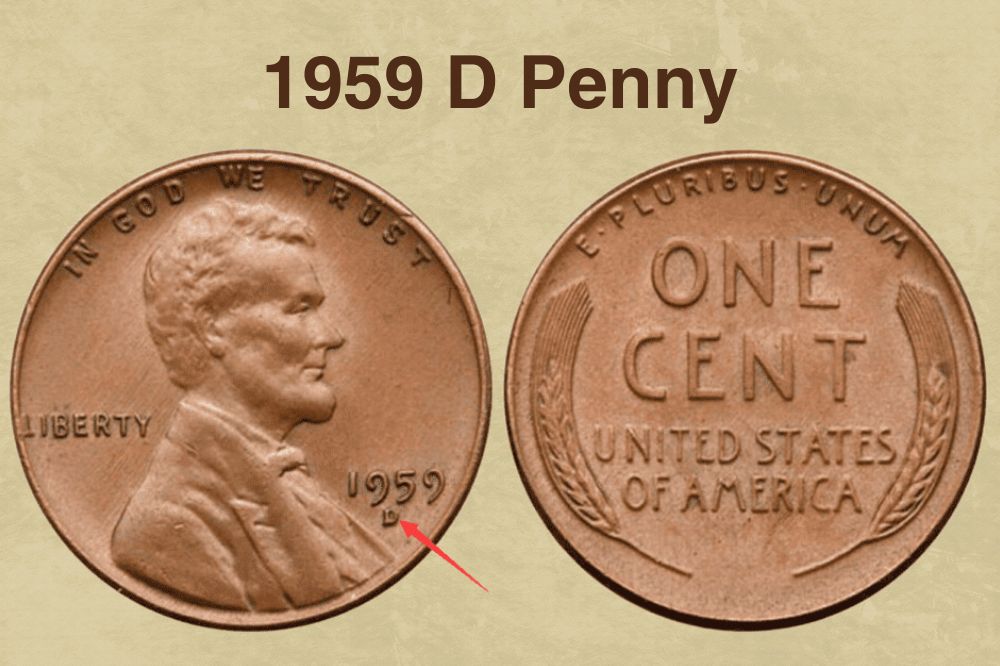
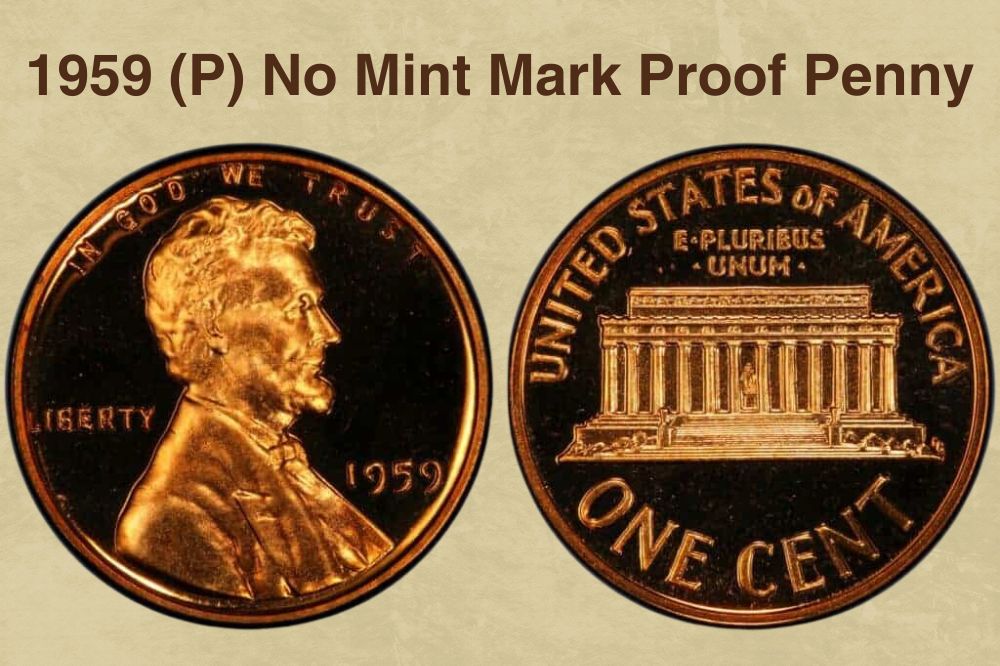
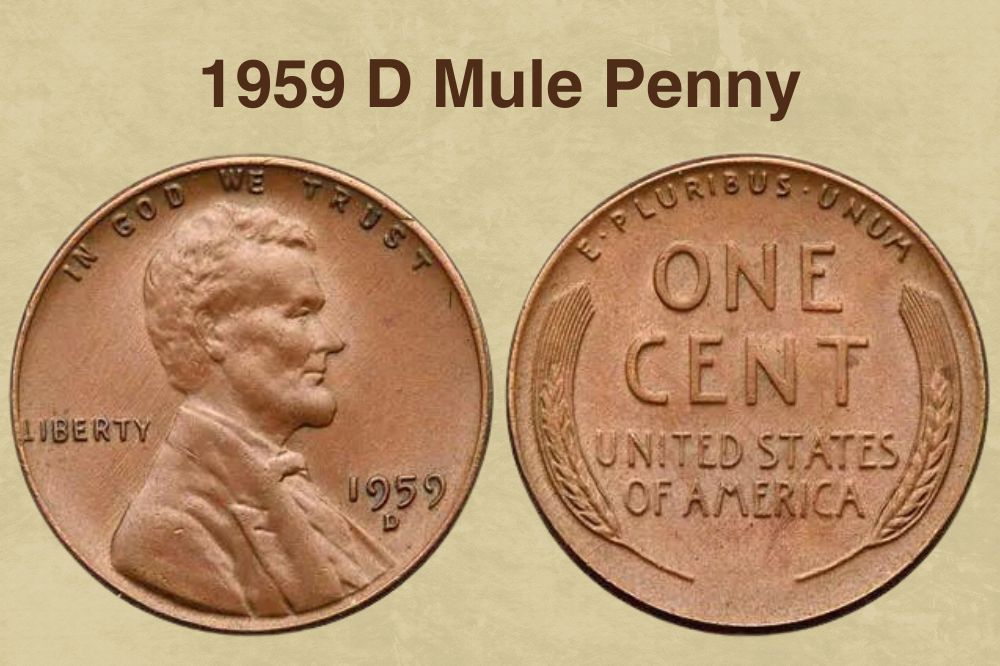
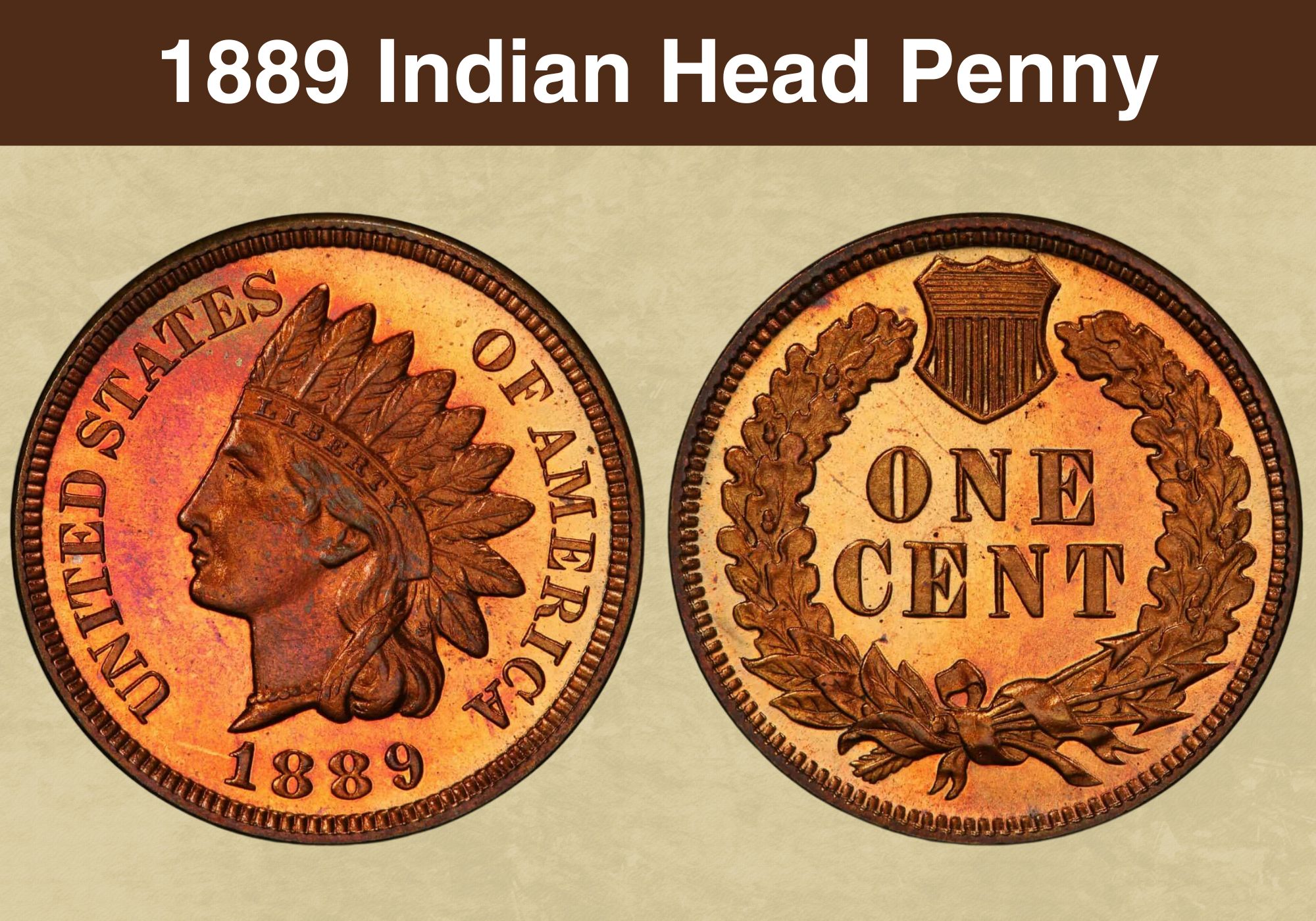
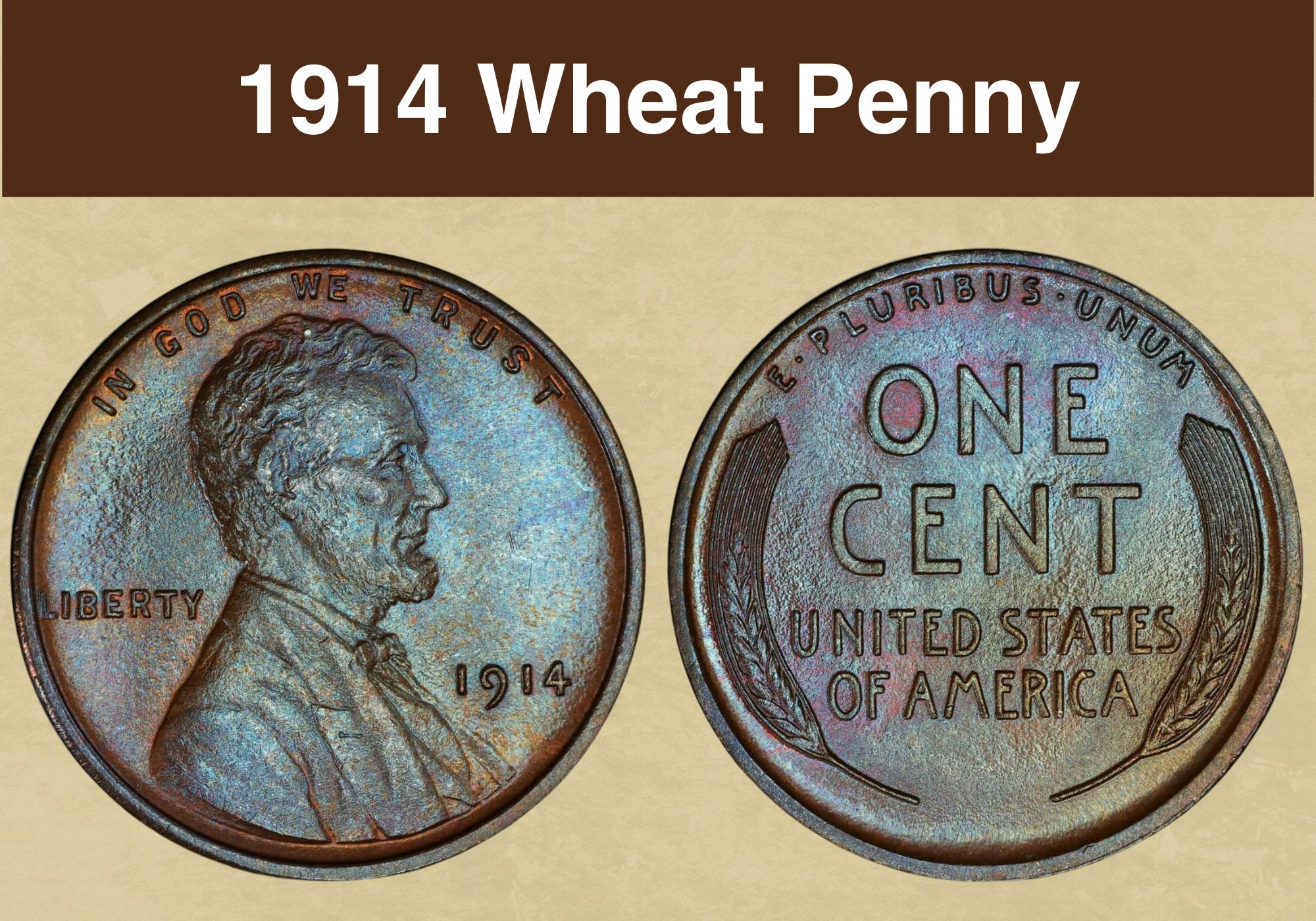
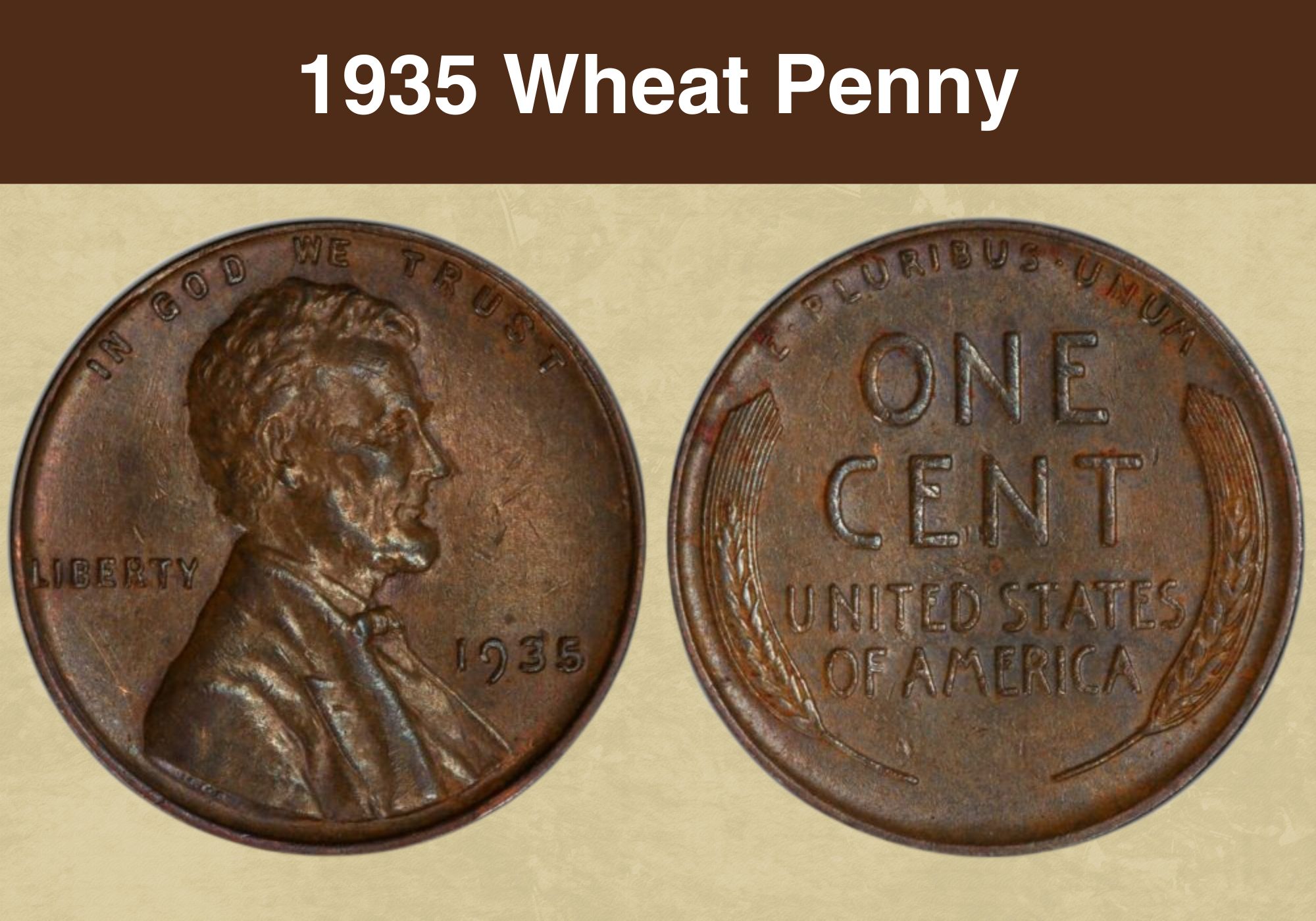
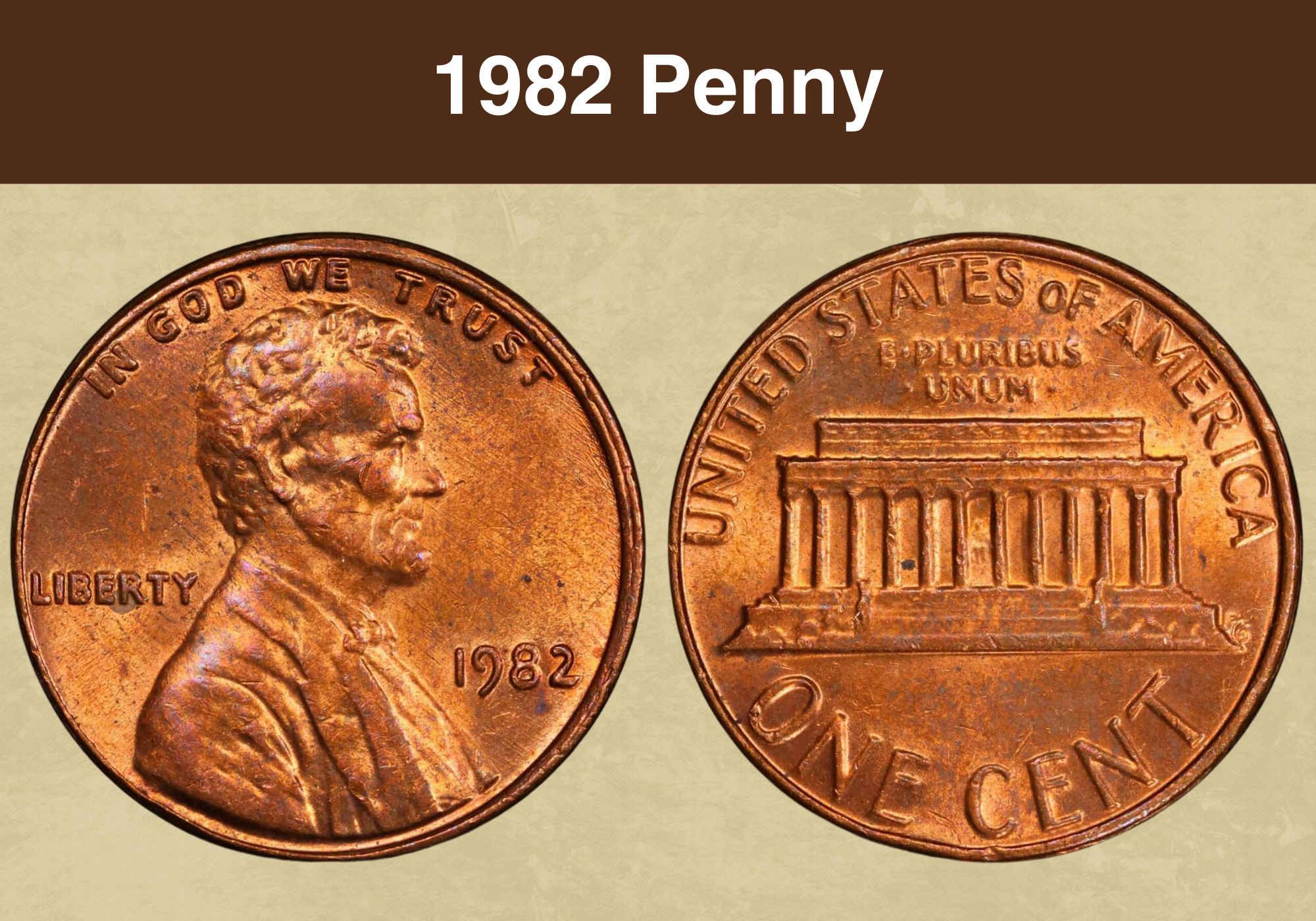
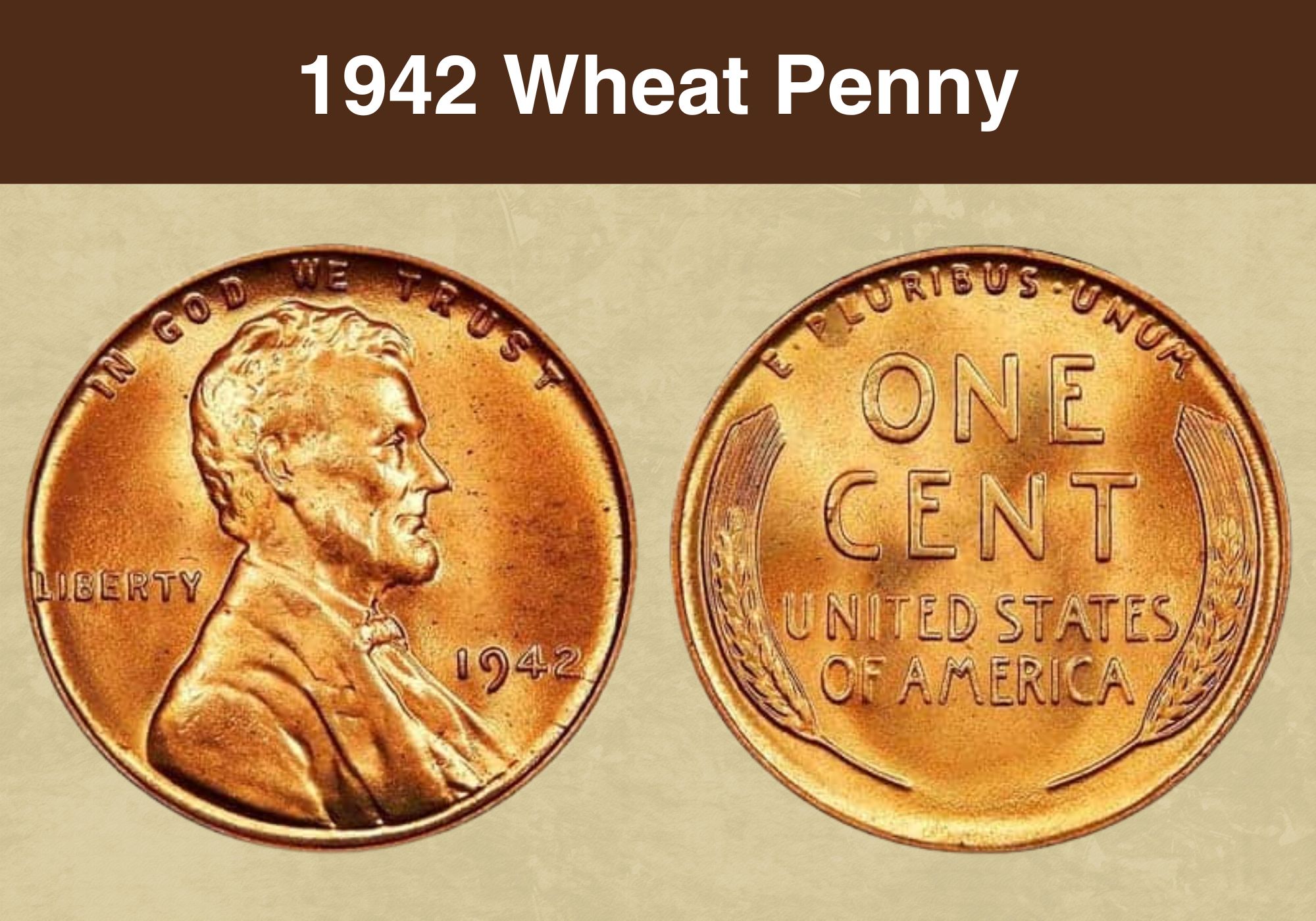
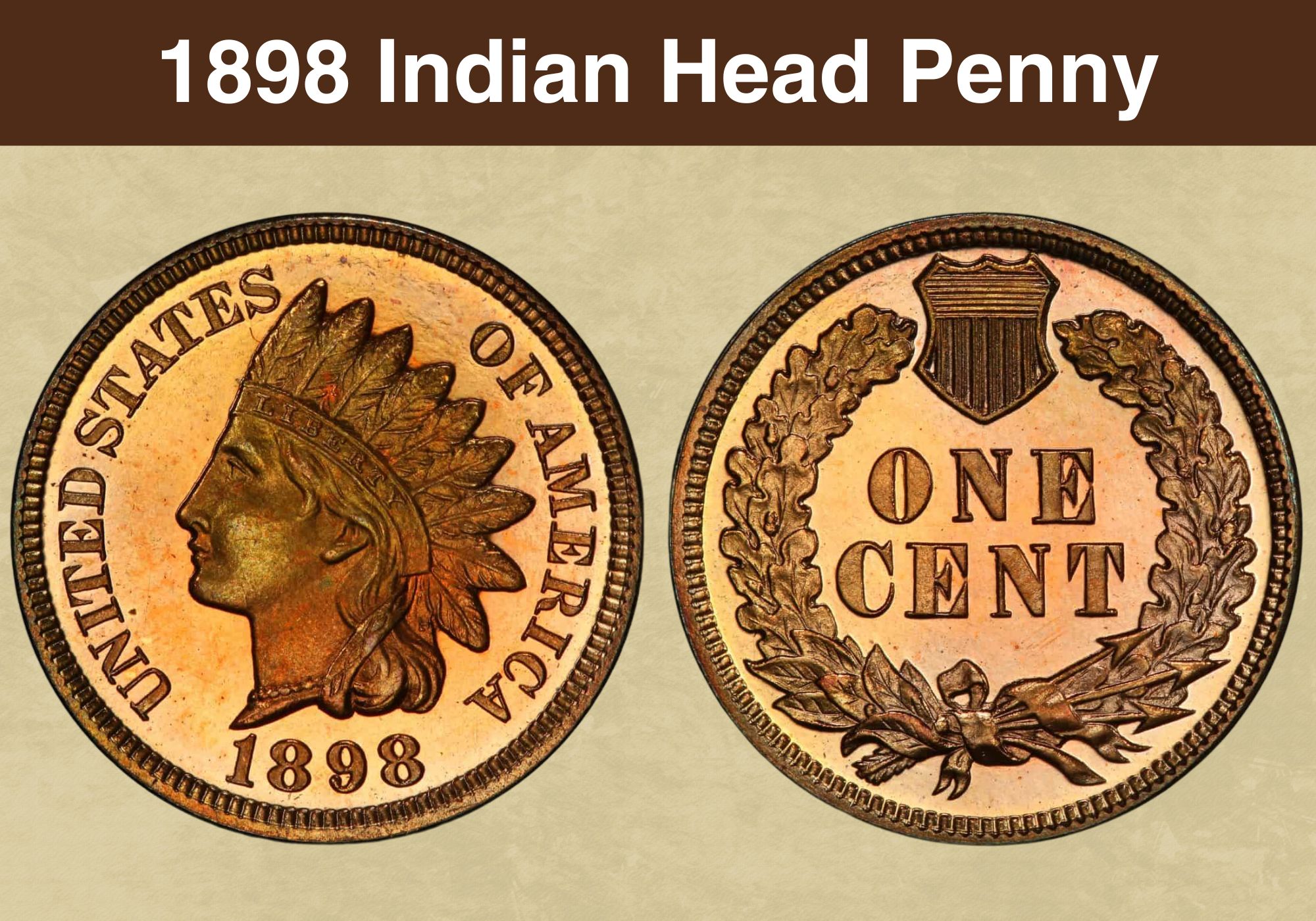
Hi, I’m interested in finding anything on my 1959 united states Lincoln memorial penny with the obverse upside down mint mark D and with Lincoln standing in between the pillars on reverse side could you help me please or direct me on were to search. Please and thank you
I am having an extremely difficult time figuring out if my 1959 penny is an error or wear and tear. in the “IN GOD WE TRUST” the s is weird. the top half actually looks like a lower case e. so the top right/starting point of the s isn’t at the top right, it connects with the first curve so if you cut the S directly in half horizonatally you would get a lower case e and not half an s. what do you think
Did you get an answer? Just wondering if we could compare coins